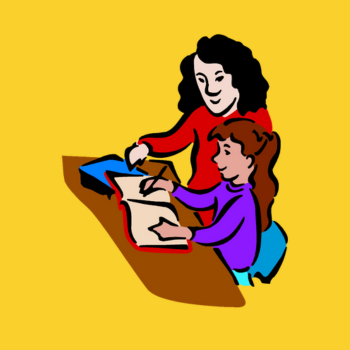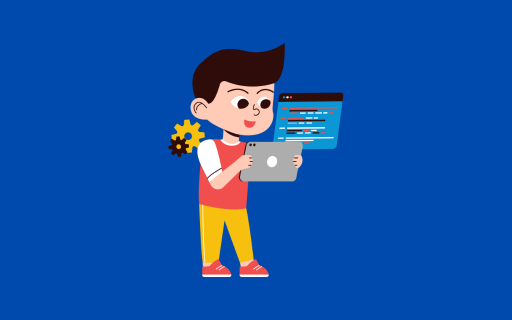Conversation with Somya Maheshwari conducted by Anshika Maheshwari, a class 12 student of Little Flower Public Sr. Sec. School, and Emerging Leader at NoticeBard.
What are the major challenges faced during the process of teaching?
Teaching involves numerous challenges, with one key obstacle being the diversity of student needs in a single classroom. Students vary in learning styles, abilities, and backgrounds, necessitating differentiated instruction to meet individual requirements. Balancing these diverse needs can be time-consuming and demanding for educators.
What kind of teaching aids do you prefer?
I prefer a mix of traditional and modern teaching aids to cater to diverse learning styles. Visual aids such as charts, diagrams, and videos enhance understanding, while interactive tools and technology foster engagement. Whiteboards allow real-time illustration, and multimedia presentations offer dynamic content. Additionally, hands-on activities and manipulatives promote experiential learning. This combination ensures a versatile and interactive classroom environment that accommodates various student preferences and effectively conveys complex concepts.
How do you encourage students?
Encouraging students involves creating a positive and supportive learning environment that fosters motivation, self-confidence, and a love for learning. I employ a combination of strategies to achieve this. Firstly, I recognize and celebrate individual achievements, whether big or small, to boost students’ self-esteem. Providing constructive feedback is crucial, emphasizing strengths and offering guidance on areas for improvement.
How do you cater to the problems faced by under-confident students?
Catering to the needs of underconfident students requires a tailored and supportive approach. Firstly, I create a safe and non-judgmental classroom environment where every student feels valued. Personalized attention is crucial; I make an effort to understand each student’s strengths, challenges, and learning preferences.
To build confidence, I provide positive reinforcement and acknowledge their efforts, focusing on small achievements to gradually boost self-esteem. Encouraging them to set realistic goals and celebrating their progress helps instil a sense of accomplishment.
Differentiated instruction is employed to address individual learning styles, ensuring that lessons cater to their pace and preferences. Breaking down complex tasks into smaller, manageable steps allows underconfident students to build skills progressively.
Regular feedback, both constructive and positive, helps students understand areas for improvement while reinforcing their strengths. Implementing collaborative learning activities promotes a supportive peer environment, where students can learn from each other and share their perspectives.
Ultimately, creating opportunities for success, fostering a growth mindset, and providing consistent encouragement contribute to building the confidence of underconfident students. By establishing a foundation of trust and support, these students can gradually overcome their challenges and become more active and confident participants in their learning journey.
What motivated you to become a teacher?
The motivation to become a teacher stems from a deep-seated passion for education and a desire to make a positive impact on the lives of students. From an early age, I observed the transformative power of education in shaping individuals and communities, inspiring a profound commitment to contribute to this process.
One significant influence was the teachers who played pivotal roles in my own academic and personal development. Their dedication, enthusiasm, and ability to ignite curiosity left an indelible impression. Witnessing the influence they had on shaping minds and instilling a love for learning motivated me to follow in their footsteps.
Additionally, a strong belief in the potential of education as a tool for social change propelled my decision to become a teacher. I recognized that, by empowering students with knowledge and critical thinking skills, I could contribute to fostering a more informed and equitable society. Education, in my view, serves as a catalyst for personal growth and societal progress.
The joy of facilitating learning and witnessing the “aha” moments in students further solidified my resolve. These moments, when students grasp a concept or discover their capabilities, underscore the transformative nature of education. It is this intrinsic reward, the opportunity to inspire, guide, and shape young minds, that continues to drive my dedication to the teaching profession.
In essence, becoming a teacher was not just a career choice but a calling rooted in a profound belief in the potential of education to positively influence individuals and society. It is the prospect of being a catalyst for growth, curiosity, and positive change that motivates me each day in my role as an educator.










